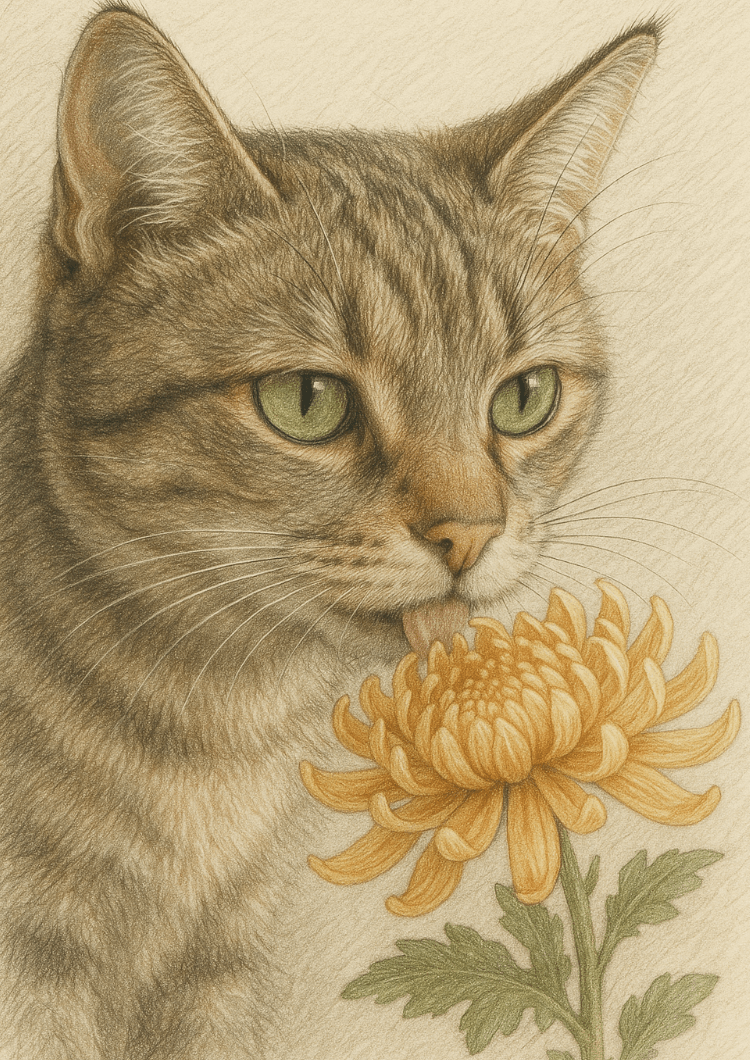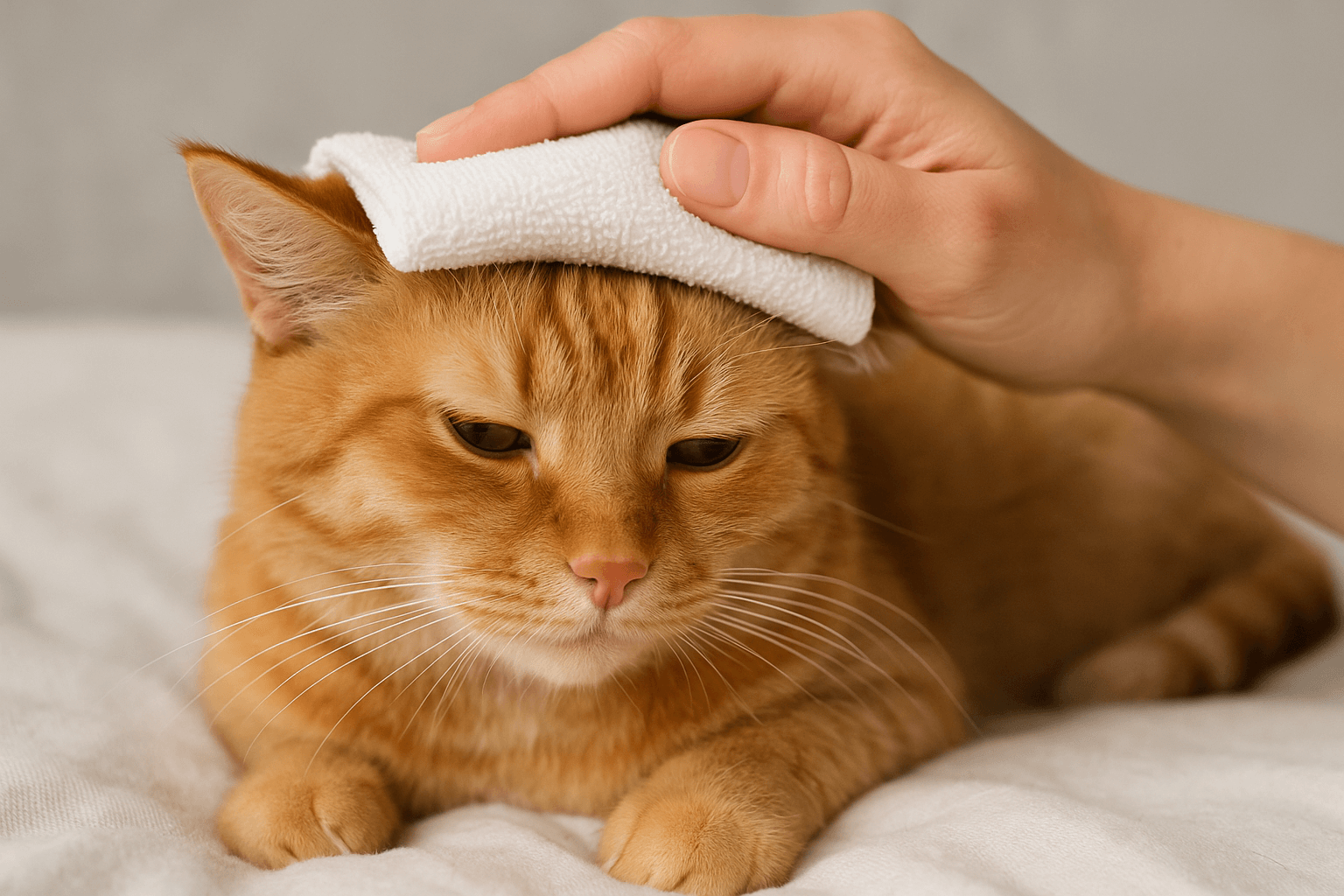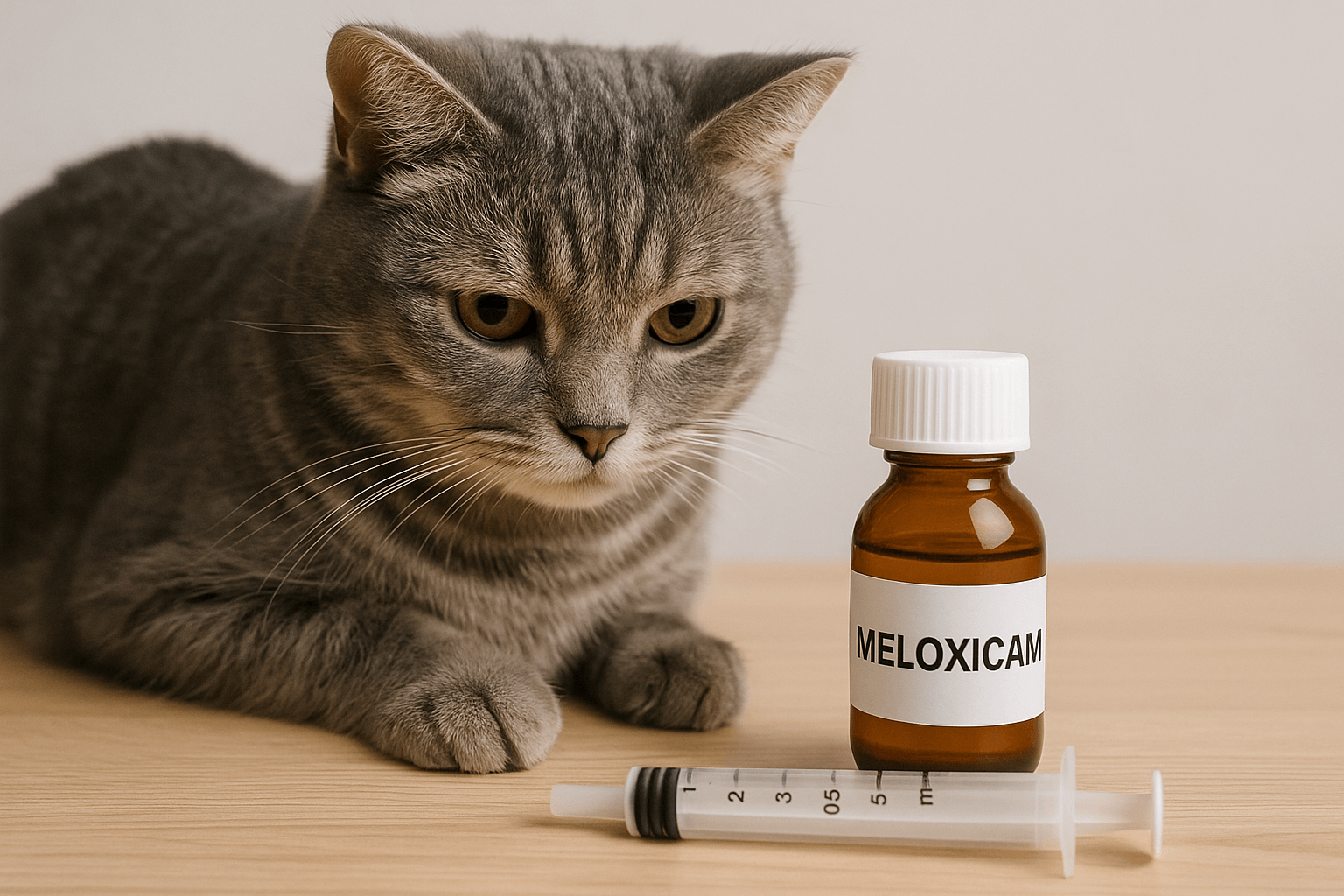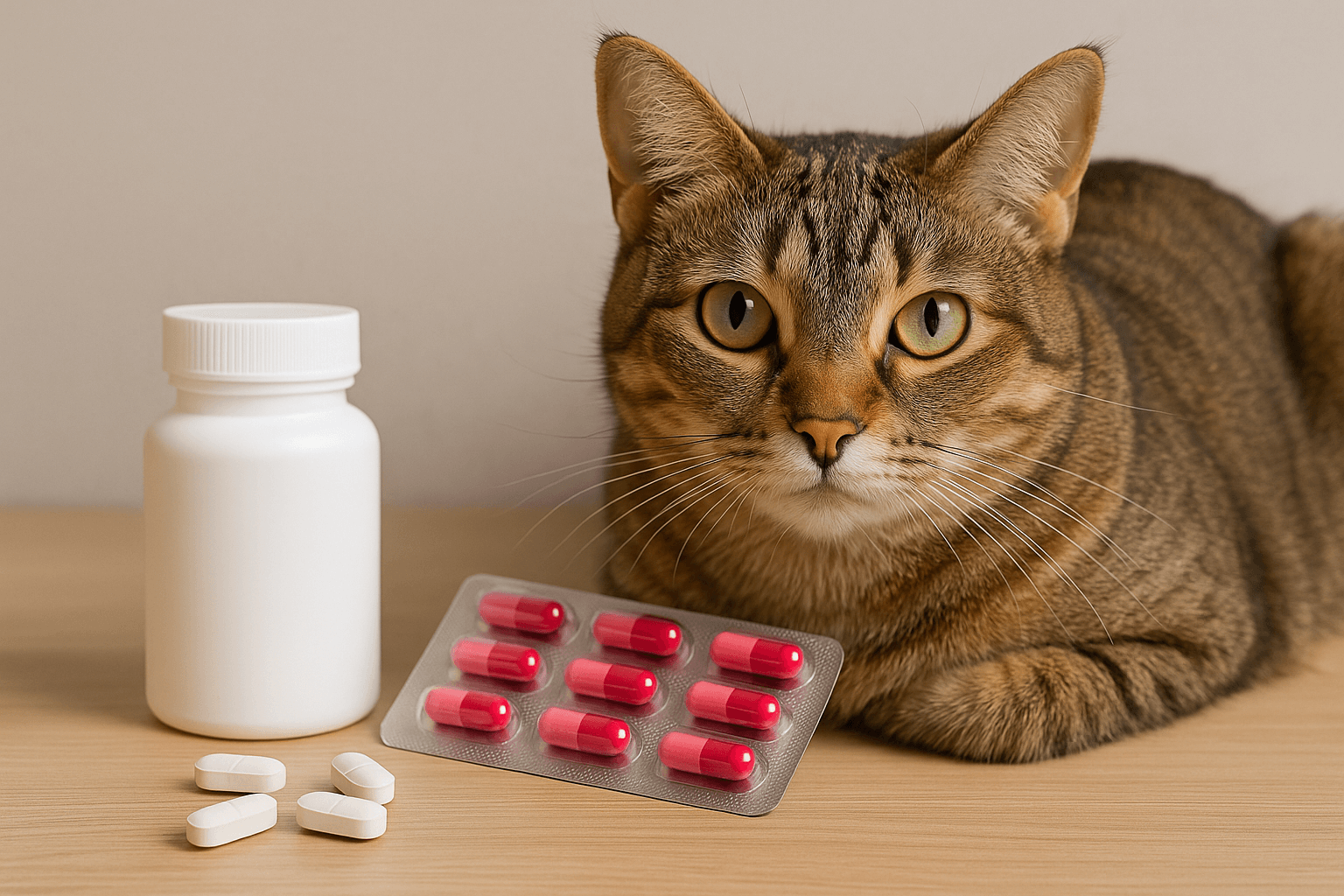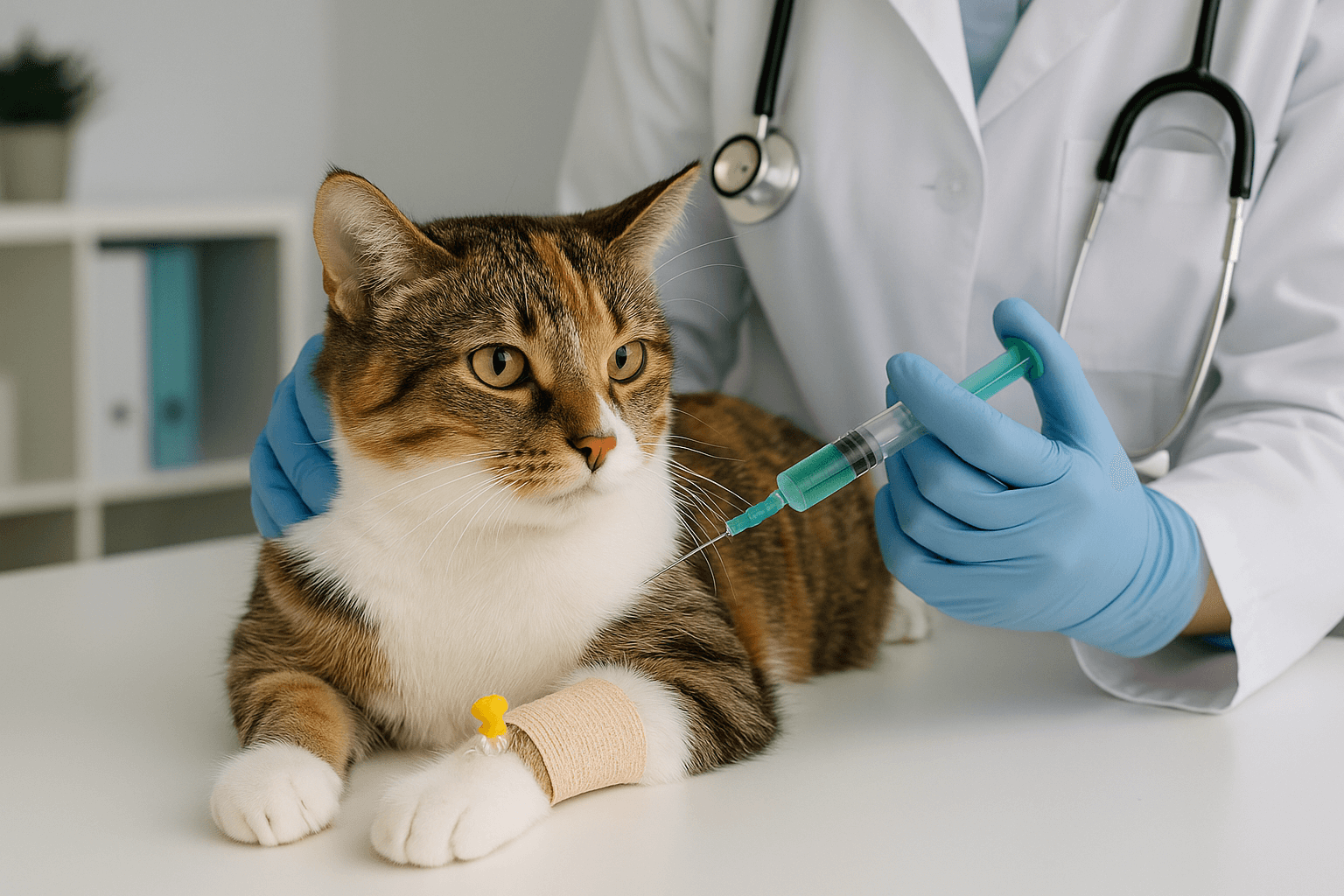Can Cats Eat Chrysanthemums?
Chrysanthemums are vibrant, beautiful flowers often used to decorate homes and gardens. However, if you’re a cat owner, you might be wondering whether these popular blooms are safe for your feline friend. Cats are naturally curious creatures, and their tendency to nibble on plants can sometimes lead to trouble. While chrysanthemums may add a touch of elegance to your space, they pose potential risks to cats if ingested. In this blog post, we’ll explore everything you need to know about cats and chrysanthemums, including why they’re toxic, how to identify symptoms of poisoning, and what safer alternatives you can choose for your home.
Why Are Chrysanthemums Toxic to Cats?
Chrysanthemums contain compounds that are harmful to cats, making them a plant to avoid if you share your home with a curious feline. Understanding the reasons behind their toxicity is key to keeping your pet safe.
Presence of Pyrethrins:
Chrysanthemums contain pyrethrins, natural insecticides that can irritate a cat’s digestive and nervous systems.Gastrointestinal Irritation:
These compounds can cause vomiting, diarrhea, and drooling when ingested by cats.Neurological Effects:
In severe cases, exposure to chrysanthemum toxins may lead to tremors, incoordination, or excessive salivation.Skin Irritation:
Even contact with chrysanthemum leaves or petals can cause skin irritation in sensitive cats.Non-Lethal but Risky:
While rarely fatal, ingestion of chrysanthemums can still cause significant discomfort and distress for your cat.
Knowing why chrysanthemums are harmful helps you take proactive steps to protect your furry companion from accidental exposure.
Signs Your Cat May Have Eaten Chrysanthemums
If your cat has had access to chrysanthemums, it’s important to watch for signs of poisoning. Early detection can make a significant difference in ensuring their recovery.
Vomiting and Diarrhea:
These are the most common symptoms and indicate gastrointestinal upset caused by the toxins.Excessive Drooling:
Cats may drool excessively as their body attempts to expel the irritants.Lethargy or Weakness:
A lack of energy or reluctance to move could signal mild poisoning.Tremors or Shaking:
More severe cases may involve muscle tremors or difficulty walking due to neurological effects.Loss of Appetite:
Refusal to eat is another sign that your cat may be feeling unwell after ingesting chrysanthemums.
If you notice any of these symptoms, it’s crucial to act quickly to minimize harm and seek veterinary advice.
Check this guide 👉Can Cats Eat Watercress? Best 7 Expert Tips!
Check this guide 👉Can Cats Eat Coriander? Best 7 Expert Tips!
Check this guide 👉Can Cats Eat Fennel? Best 7 Expert Tips!
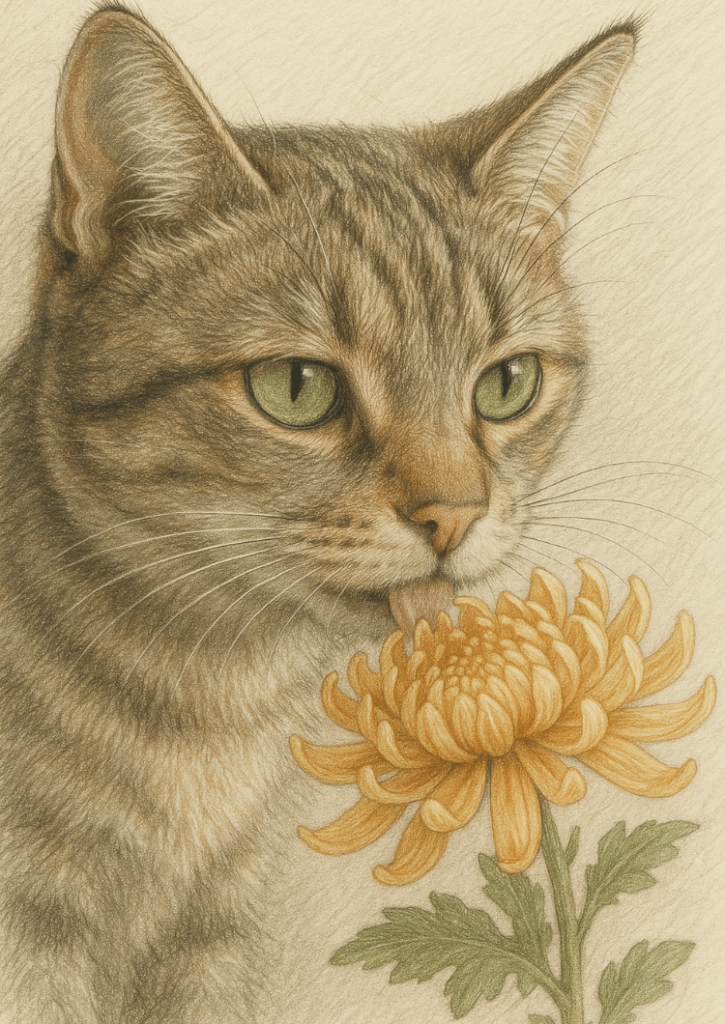
Safe Plants for Cats | Toxic Plants to Avoid |
|---|---|
Spider Plant | Chrysanthemums |
Boston Fern | Lilies |
Catnip | Aloe Vera |
African Violet | Sago Palm |
Bamboo | Tulips |
What to Do If Your Cat Eats Chrysanthemums
If you suspect your cat has ingested chrysanthemums, quick action is essential to ensure their safety and well-being. Follow these steps to address the situation effectively.
Remove Access to the Plant:
Immediately prevent further ingestion by moving the chrysanthemum out of reach.Check for Symptoms:
Observe your cat closely for signs of poisoning, such as vomiting, drooling, or lethargy.Contact Your Veterinarian:
Call your vet for advice, even if symptoms seem mild—they can provide guidance tailored to your cat’s condition.Do Not Induce Vomiting Without Guidance:
Attempting to induce vomiting at home can sometimes worsen the situation; always consult a professional first.Monitor Recovery:
Keep an eye on your cat’s behavior and appetite over the next 24-48 hours to ensure they recover fully.
Taking these steps promptly can help mitigate the effects of chrysanthemum ingestion and keep your cat safe.
How to Prevent Chrysanthemum Poisoning in Cats
Prevention is always better than cure when it comes to keeping your cat safe from toxic plants like chrysanthemums. These tips will help you create a pet-friendly environment.
Avoid Displaying Toxic Plants Indoors:
Opt for non-toxic alternatives to decorate your home and keep harmful plants out of reach.Supervise Outdoor Time:
Monitor your cat during outdoor play to prevent them from chewing on unknown plants.Educate Yourself About Toxic Plants:
Familiarize yourself with common household plants that are harmful to cats to avoid accidental exposure.Use Deterrent Sprays:
Pet-safe deterrent sprays can discourage cats from approaching or nibbling on plants.Provide Safe Alternatives:
Offer cat-friendly grasses or toys to satisfy your cat’s natural urge to chew on greenery.
By taking preventative measures, you can ensure your home remains a safe haven for your feline friend.
Common Misconceptions About Chrysanthemums and Pets
There are several misconceptions about chrysanthemums and their impact on pets. Clearing up these myths ensures you make informed decisions about your home decor.
“Chrysanthemums Are Only Toxic to Dogs”:
This is false—chrysanthemums are toxic to both cats and dogs, though symptoms may vary between species.“A Small Amount Won’t Hurt”:
Even small ingestions can cause mild symptoms, so it’s best to avoid exposure altogether.“Cooked Chrysanthemums Are Safe”:
Cooking does not neutralize the toxins; they remain harmful regardless of preparation.“Indoor Plants Are Safer”:
Indoor chrysanthemums are just as dangerous as those outdoors, especially since cats spend more time inside.“Cats Know What’s Safe to Eat”:
Cats are naturally curious and may chew on plants out of instinct, not knowledge of safety.
Understanding these misconceptions helps you better protect your pet from potential harm.
Alternative Flowers That Are Safe for Cats
If you love decorating with flowers but want to keep your cat safe, there are plenty of non-toxic options to choose from. These alternatives allow you to beautify your space without risking your pet’s health.
Spider Plant:
Known for its air-purifying qualities, the spider plant is completely safe for cats and adds a touch of greenery.Boston Fern:
This lush, hanging plant is non-toxic and perfect for adding a tropical vibe to your home.African Violet:
With its vibrant blooms, the African violet is a cat-safe option that thrives indoors.Orchids:
Most orchid varieties are safe for cats and bring elegance to any room.Bamboo:
Hardy and easy to care for, bamboo is a great choice for pet-friendly households.
These alternatives ensure your home remains stylish and safe for your feline companion.
Tips for Creating a Cat-Friendly Garden
If you have an outdoor space, creating a garden that’s safe for your cat can provide them with hours of enjoyment. These tips will help you design a pet-friendly oasis.
Choose Non-Toxic Plants:
Stick to plants like catnip, lavender, and marigolds, which are safe for cats to explore.Install Barriers:
Use fencing or netting to keep your cat within a designated area and away from toxic plants.Provide Shade and Shelter:
Ensure your cat has access to shaded areas and cozy spots to rest during outdoor adventures.Avoid Chemical Pesticides:
Opt for natural pest control methods to avoid exposing your cat to harmful chemicals.Include Play Areas:
Add tunnels, scratching posts, or climbing structures to encourage exercise and mental stimulation.
A thoughtfully designed garden enriches your cat’s life while keeping them safe from harm.
Frequently Asked Questions About Cats and Chrysanthemums
Are all types of chrysanthemums toxic to cats?
Yes, all varieties of chrysanthemums contain pyrethrins, which are harmful to cats.
How much chrysanthemum does my cat need to eat to get sick?
Even small amounts can cause mild symptoms, so it’s best to avoid exposure entirely.
Can chrysanthemum poisoning be fatal?
While rarely fatal, it can cause significant discomfort and requires prompt veterinary attention.
What should I do if my cat only nibbled a leaf?
Monitor for symptoms and contact your vet for advice, even if no immediate signs appear.
Are dried chrysanthemums safe for cats?
No, dried chrysanthemums still contain toxins and should be kept away from pets.
Keeping Your Cat Safe Around Chrysanthemums
While chrysanthemums are undeniably beautiful, they pose a risk to our feline companions due to their toxic properties. By understanding the dangers, recognizing symptoms of poisoning, and taking preventative measures, you can ensure your cat stays safe and healthy. Always prioritize pet-friendly plants in your home and remain vigilant about potential hazards. With a little care and awareness, you can enjoy the beauty of nature without compromising your cat’s well-being. Remember, a happy and healthy cat is worth every effort to create a safe environment.
Cat Fever Treatment: Best 7 Expert Tips! Discover expert advice on identifying, managing, and treating fever in cats to ensure their quick recovery and well-being.
Understanding Meloxicam for Cats: Best 7 Expert Tips! Learn how to safely administer meloxicam, manage side effects, and ensure your cat's comfort with expert advice on feline pain relief.
Amoxicillin for Cat UTI: Best 7 Expert Tips! Discover safe usage, dosage guidelines, and expert advice on treating feline urinary tract infections effectively with amoxicillin.
Understanding Cat Cancer Treatment: Best 7 Expert Tips! Discover expert advice on managing feline cancer, from early detection to treatment options, ensuring your cat’s health and comfort.

